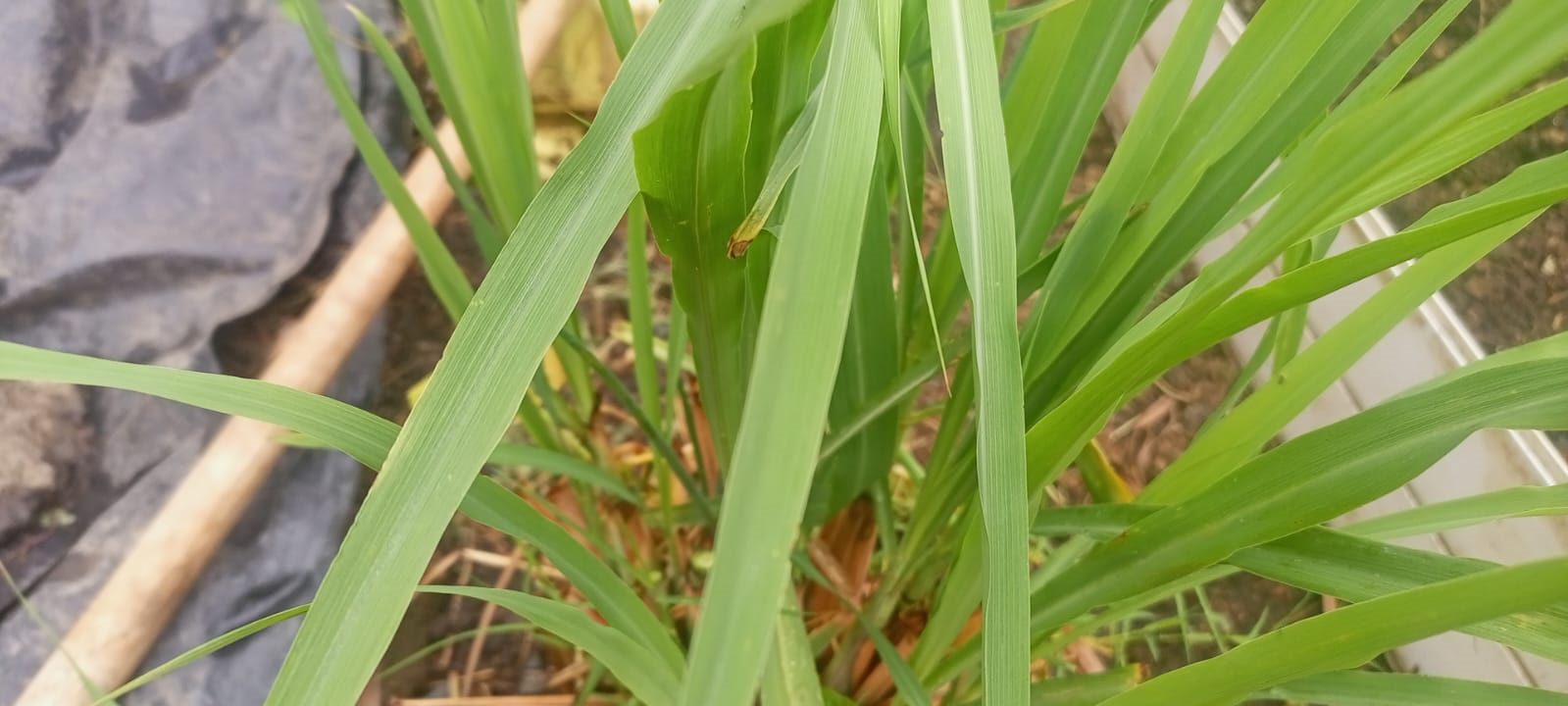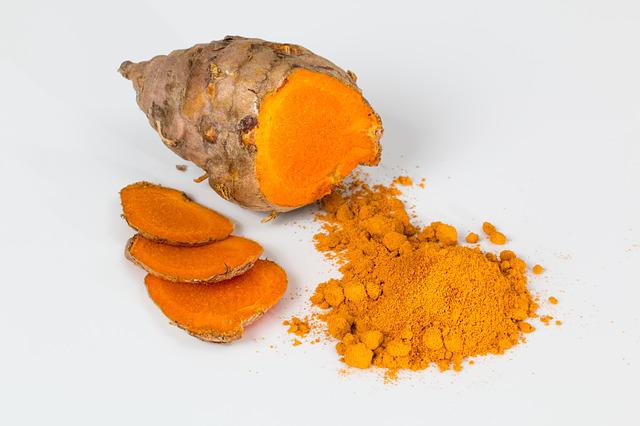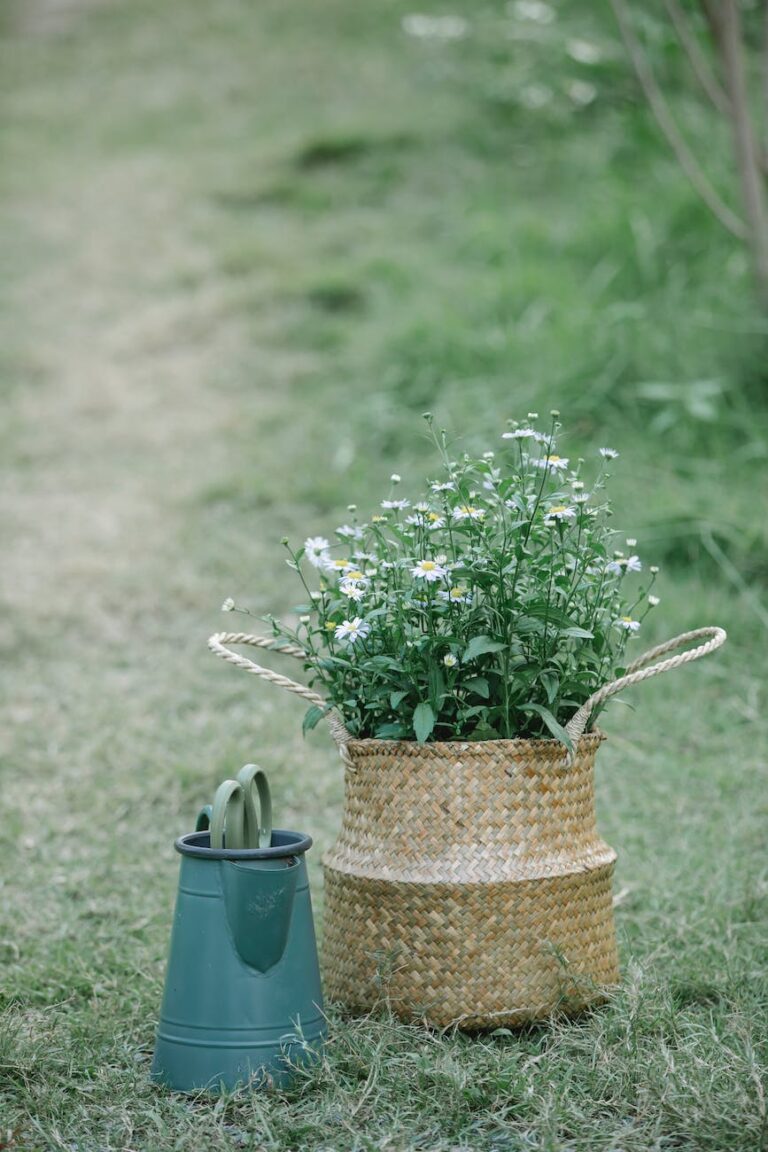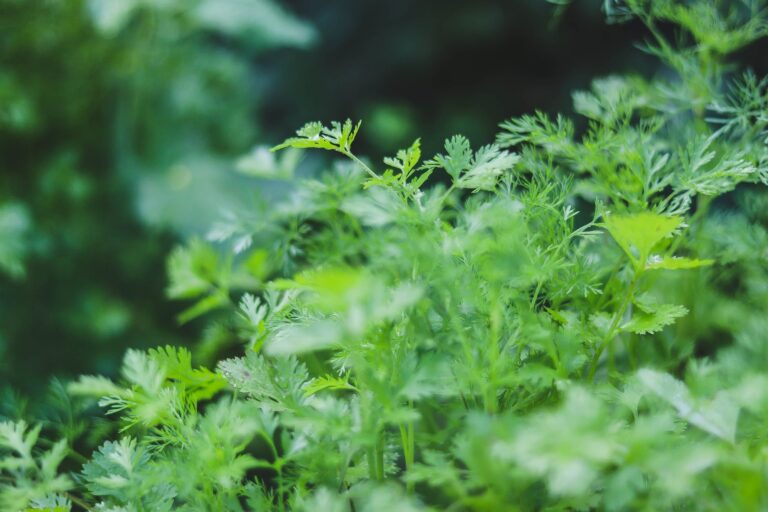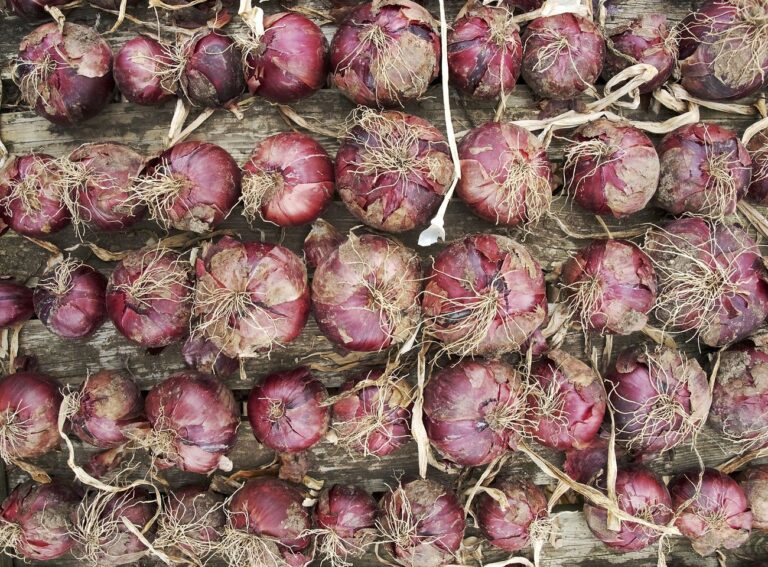Lemongrass Container Gardening Guide: How to Grow, Harvest, and Enjoy
Lemongrass, with its refreshing citrus aroma and a host of culinary and medicinal uses, is a delightful addition to any garden.
Whether you have limited outdoor space or are looking for a convenient way to cultivate this versatile herb, growing lemongrass in containers is a fantastic solution.
In this guide, I’ll take you through the entire process, from selecting the right lemongrass plants to harvesting your own homegrown supply.
Benefits of growing lemongrass in containers
Container gardening offers numerous advantages for those looking to cultivate lemongrass. Here are some benefits:
- Space-Efficient: Lemongrass can thrive in a compact space, making it ideal for balconies, patios, and small gardens.
- Control: You have greater control over the growing conditions, allowing you to tailor them to the specific needs of lemongrass.
- Mobility: You can easily move your lemongrass indoors or outdoors as needed, making it a flexible addition to your garden.
What to look for when buying lemongrass plants
Before you embark on your container lemongrass adventure, it’s important to choose the right plants. Here’s what to consider:
- Health and Vigor: Look for healthy, disease-free plants with vibrant green leaves and well-developed roots. Avoid plants that appear wilted or show signs of pest damage.
- Variety: There are several types of lemongrass, with culinary and ornamental varieties. Ensure you choose the variety that suits your needs.
- Source: Purchase lemongrass plants from reputable nurseries or garden centers to increase the chances of success in container gardening.
Choosing a Container
Selecting the right container is a crucial step in successfully growing lemongrass in containers. Let’s explore the factors to consider when choosing the perfect vessel for your lemongrass.
Size of the Container
Lemongrass can grow quite tall, so it’s essential to pick a container with sufficient depth and width to accommodate its growth. A container that is at least 12 to 16 inches deep and 16 to 20 inches wide is a good starting point. This size will provide your lemongrass with the space it needs to thrive.
Material of the Container
Containers can be made from various materials, including plastic, clay, wood, and more. Here’s a brief overview of some common container materials:
- Plastic: Lightweight and affordable, plastic containers are easy to move and come in various sizes. Ensure they are durable and can withstand UV exposure, as intense sunlight may cause them to deteriorate over time.
- Clay: Terracotta or clay pots are breathable and provide good insulation for the roots. They are excellent for lemongrass, but they can be heavy and may dry out more quickly, so you’ll need to water your plants more frequently.
- Wood: Wooden containers can be aesthetically pleasing, but they may rot over time. If you choose wood, make sure it’s rot-resistant and adequately sealed.
- Metal: Metal containers, like galvanized steel, are durable and can work well for lemongrass. Just be cautious of excessive heat, as they can become hot in direct sunlight.
- Fabric Bags: Fabric grow bags are lightweight, breathable, and provide good root aeration. They are an increasingly popular choice for container gardening.
Drainage Holes
Regardless of the container material you choose, ensure it has adequate drainage holes. Proper drainage is essential for preventing waterlogged soil, which can lead to root rot. If your chosen container doesn’t have drainage holes, drill a few at the bottom.
With the right container, you’ll be on your way to growing healthy lemongrass in containers. Now, let’s move on to the next section: “Preparing the soil.”
Preparing the Soil
The soil in your container plays a significant role in the health and growth of your lemongrass. Let’s dive into the key considerations for preparing the soil.
Type of Soil to Use
Lemongrass thrives in well-draining soil that is rich in organic matter. Here’s what you need to know about selecting the right soil:
- Potting Mix: Start with a high-quality potting mix that’s designed for container gardening. Avoid garden soil, as it can be too heavy and may not provide adequate drainage.
- Mix with Sand: To improve drainage, mix some sand into the potting mix. A 1:1 ratio of potting mix to sand works well. This will prevent water from pooling around the roots.
- Organic Matter: Lemongrass benefits from organic matter in the soil. You can enrich your potting mix by adding compost or well-rotted manure. This will provide essential nutrients and improve soil structure.
Planting the Lemongrass
Now that you have the container and soil ready, let’s move on to planting your lemongrass.
Depth to Plant
Plant your lemongrass with care. Ensure you place it at the right depth. Here’s how to do it:
- Dig a Hole: Dig a hole in the center of your container, making it deep enough to accommodate the roots of your lemongrass.
- Plant Carefully: Gently place the lemongrass plant in the hole, ensuring that the base of the plant (where the roots meet the stems) is level with the surface of the soil.
- Backfill and Firm: Fill the hole with soil and gently firm it around the plant. Water thoroughly after planting.
Spacing the Plants
Lemongrass can spread, so proper spacing is essential to prevent overcrowding. Aim to plant your lemongrass about 24 inches apart to allow ample room for growth.
Watering the Plants
Lemongrass requires consistent moisture, but it doesn’t like to sit in waterlogged soil. Here are some tips for watering:
- Even Moisture: Keep the soil consistently moist, but not waterlogged. Water when the top inch of soil feels dry to the touch.
- Deep Watering: When you water, ensure the water reaches the root zone by watering deeply. Shallow watering can encourage shallow root growth.
- Avoid Overwatering: Overwatering can lead to root rot. Always ensure proper drainage to allow excess water to escape.
With your soil prepared and lemongrass planted, you’re on your way to a thriving container garden. Next up is “Caring for Lemongrass in Containers.”
Caring for Lemongrass in Containers
Your lemongrass is now in its container, and it’s time to provide the care it needs to flourish. Here are the key aspects of caring for lemongrass in containers:
Watering
Lemongrass is quite thirsty, but it’s also sensitive to waterlogged conditions. Here’s how to maintain the right moisture levels:
- Consistent Moisture: Keep the soil consistently moist, but not soaking wet. Water when the top inch of soil feels dry to the touch.
- Deep Watering: When you water, do so thoroughly, allowing the water to reach the root zone. This encourages deeper root growth.
- Avoid overwatering: Be cautious not to overwater, as this can lead to root rot. Proper drainage is essential to prevent water from accumulating in the container.
Fertilizing
Lemongrass benefits from regular feeding. Here’s what you should know about fertilizing:
- Balanced Fertilizer: Use a balanced, slow-release fertilizer to provide your lemongrass with essential nutrients. Apply it according to the manufacturer’s instructions.
- Frequency: Fertilize your lemongrass every 6-8 weeks during the growing season, which typically spans from spring to late summer.
- Avoid Over-Fertilizing: Do not over-fertilize, as this can lead to excessive growth without a corresponding increase in flavor and aroma.
Sunlight
Lemongrass loves sunlight and requires plenty of it to thrive. Here’s what you should know:
- Full Sun: Place your container in an area that receives at least 6-8 hours of direct sunlight each day. Lemongrass will grow more vigorously and produce more flavorful leaves with ample sunlight.
Temperature
Lemongrass is sensitive to cold temperatures. Ensure your lemongrass is protected in colder climates:
- Overwintering: In areas with frost or freezing temperatures, bring your lemongrass indoors before the first frost. You can place it near a sunny window or use a grow light during the winter months.
Harvesting Lemongrass
Harvesting your homegrown lemongrass is a rewarding experience. Here’s how to do it:
When to Harvest
Wait until the lemongrass reaches a height of at least 12 inches before harvesting. The leaves should be green, and the plant should be well-established.
How to Harvest
- To harvest, use a sharp knife or scissors to cut the stalks just above the ground level.
- Harvest the outer stalks first, leaving the inner ones to continue growing.
- Remember that lemongrass leaves and stalks are both aromatic and can be used in various culinary applications.

